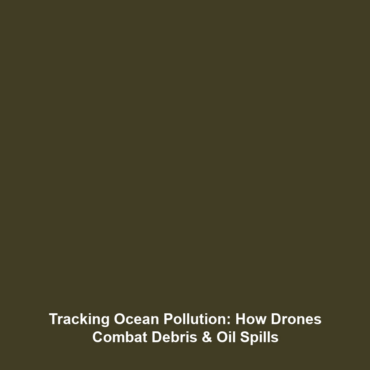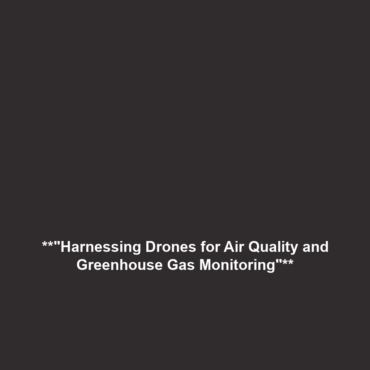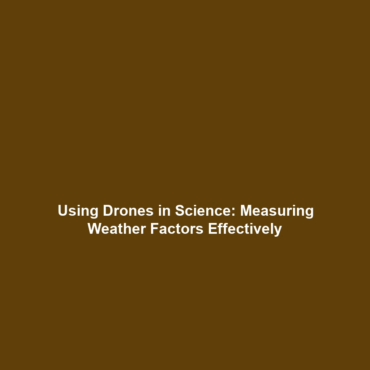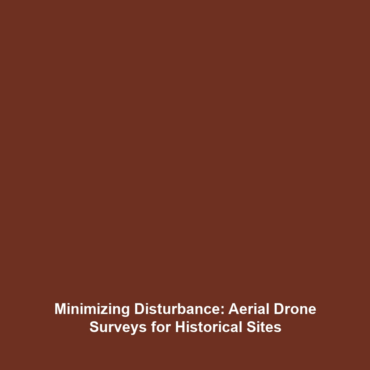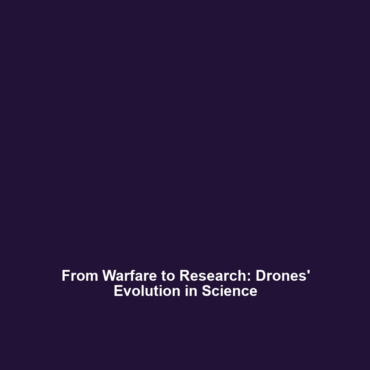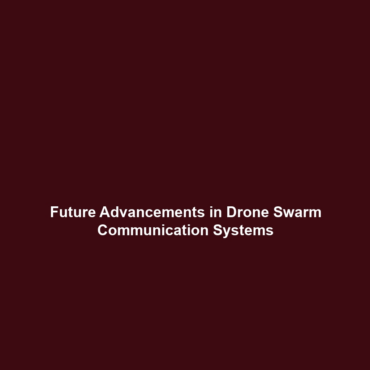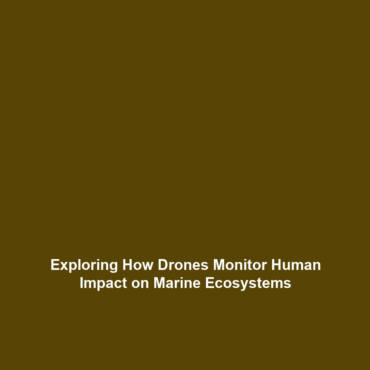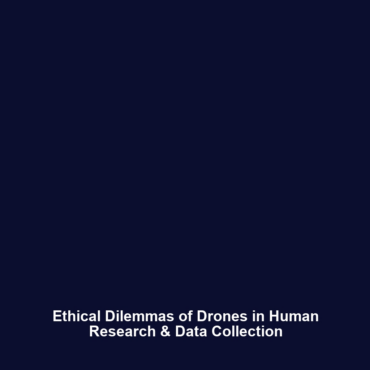How Drones Assist in Surveying Areas After Earthquakes, Tsunamis, and Floods
Introduction
Drones have revolutionized the way we conduct surveying in areas affected by natural disasters such as earthquakes, tsunamis, and floods. In the broader context of Drones in Science, their ability to quickly and accurately assess damage plays a crucial role in emergency response and recovery efforts. This technology offers significant benefits in terms of efficiency, safety, and data accuracy, making it essential to understand how drones assist in surveying these impacted regions.
Key Concepts
Understanding how drones assist in surveying disaster-stricken areas involves several key concepts:
Remote Sensing Technology
Drones equipped with remote sensing tools, such as LiDAR (Light Detection and Ranging) and high-resolution cameras, allow for real-time data collection, enabling responders to visualize damage with unparalleled precision. This fits into the category of Drones in Science by illustrating the technological advancements in data acquisition methods.
Data Analysis
The data collected by drones can be processed and analyzed using advanced algorithms to create comprehensive maps and models, providing critical information for disaster management teams.
Applications and Real-World Uses
Real-world applications of how drones assist in surveying areas after earthquakes, tsunamis, and floods include:
- Damage Assessment: After an earthquake, drones quickly assess structural damage to buildings and infrastructure, providing authorities with immediate insights necessary for effective recovery strategies.
- Flood Mapping: In the aftermath of floods, drone technology can produce topographical maps to illustrate water extent and potential risks, aiding in evacuation planning.
- Tsunami Recovery Efforts: Following a tsunami, drones enable scientists and responders to survey affected coastlines and identify areas needing urgent intervention.
These practical uses illustrate how drones are pivotal in enhancing the field of Drones in Science.
Current Challenges
Despite the advantages, there are several challenges in applying how drones assist in surveying areas after disasters:
- Regulatory Issues: Navigating airspace regulations can impede drone deployment in emergency situations.
- Technical Limitations: Factors such as battery life, weather conditions, and the need for skilled operators pose logistical challenges.
- Data Privacy Concerns: The use of drones in populated areas raises ethical questions regarding surveillance and data usage.
Future Research and Innovations
The future of how drones assist in surveying areas after natural disasters holds much promise. Upcoming innovations may include:
- Artificial Intelligence: Integration of AI for enhanced data analysis and automated flight paths to improve operational efficiency.
- Tethered Drones: Development of tethered drones that can operate for extended periods, providing continuous surveillance capabilities during disasters.
- Improved Sensor Technology: Advances in sensor technology may lead to better data resolution and faster processing times.
Conclusion
In summary, how drones assist in surveying areas after earthquakes, tsunamis, and floods is an essential aspect of Drones in Science. Their capabilities not only improve emergency response efforts but also pave the way for future technological innovations. Understanding these dynamics is crucial for researchers and practitioners alike. For more insights, explore our sections on Drone Applications and Challenges in Drone Technology.

